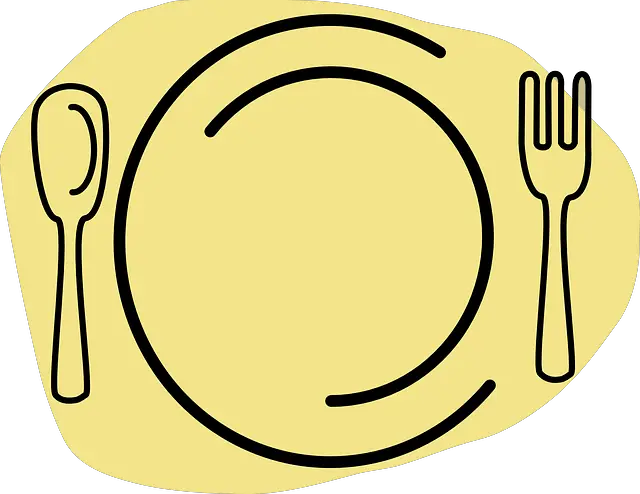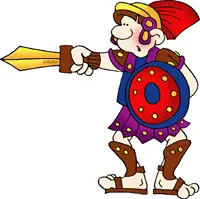Roman Dishes and Food
 Introduction: Ancient Roman cuisine was influenced by Greek cuisine and later absorbed culinary influence from territories added to the empire. The cuisine was thus very diverse across the empire. Ingredients used varied in different regions. People of Italian Peninsula preferred use of olive oil for cooking, seasoning and other purposes but citizens of northern European territories of empire used butter for the same purpose. Pork was the most popular meat in the empire, except in west Asia and Egypt, where people disliked pig for being dirty and used beef and mutton instead. Roman elite liked to dine in style.
Introduction: Ancient Roman cuisine was influenced by Greek cuisine and later absorbed culinary influence from territories added to the empire. The cuisine was thus very diverse across the empire. Ingredients used varied in different regions. People of Italian Peninsula preferred use of olive oil for cooking, seasoning and other purposes but citizens of northern European territories of empire used butter for the same purpose. Pork was the most popular meat in the empire, except in west Asia and Egypt, where people disliked pig for being dirty and used beef and mutton instead. Roman elite liked to dine in style.
Their expert slave cooks prepared exotic dishes. They invited guests over for lavish dinner parties and served them expensive and tasty food and wines. The common Romans however, consumed simpler food. Apicius, a famous Roman cook compiled a cook book of popular recipes. This cook book was compiled in 4th or 5th century AD and recipes described in it can be tried even today as most of the ingredients are still in use. Roman cuisine owed its flavor to the popular fish sauce prepared and used widely by Romans. Other popular ingredients were honey, olive oil, vinegar and wine.

Pottage: Pottage was perhaps the most widely consumed dish across the Roman Empire. It was a stew prepared with chopped vegetables, bits of meat (pork, chicken, beef, and mutton), cheese and herbs. It was eaten with salted bread by many Romans. The quality of pottage depended on the financial strength of the person preparing it. Those who could not afford to add meat and cheese used only vegetables and herbs. Apicius’ lamb stew recipe is a fine example of Roman pottage.

Salads: Vegetables were abundantly available all over the Roman Empire and were a major part of Roman diet. Many Romans ate salads in the lunch. They used vegetables, fruits and dried fruits to prepare these salads. They also added mint, parsley and sliced reek to make them savory.

Moretum: Romans ate a cheese spread called ‘moretum’ with bread. Moretum was prepared with herbs, cheese, olive oil, salt and vinegar. Crushed nuts of different varieties were also added to the spread to make it tastier.

Roast Wild Boar: Roasted wild boar was a popular dish with Romans, just like we are fond of backyard barbeques. Romans marinated the wild board meat with salt, cumin and lemon juice and then cooked it in an oven after one day’s wait. Romans roasted wild boar for large feasts and consumed it with wine.

Dormouse: Dormice were considered a delicacy by the Romans. Romans cooked dormice on special occasions and it has been reported that they weighed the dormice in front of their guests before being cooked. They then roasted it much like we prepare drumsticks today. Honey, cumin, dates, wine, vinegar and olive oil were used for preparing it.

Seafood and Game: Seafood and game were popular sources of meat in the days of Roman Empire. Romans consumed a lot of seafood and fish sauce was a very basic part of most of their culinary exploits. They also consumed pike liver. Wealthy Romans feasted on game birds like peacock and flamingo. A popular delicacy among Roman elite was peacock or flamingo tongues. Roasted peacock was also a favorite with rich Romans.

Desserts: Romans had a sweet tooth and they satisfied their craving for sweet to their heart’s content. Usually the second course of dinner comprised exclusively of desserts. Romans called it ‘mensa secunda’ or second meal. They had fruits cakes, cheese cakes, puddings, sweet egg based desserts and honey laced fruits.



